THE LOST COAST
A kayak trip on Chilean Patagonia
By Cristian Donoso & Roger Rovira
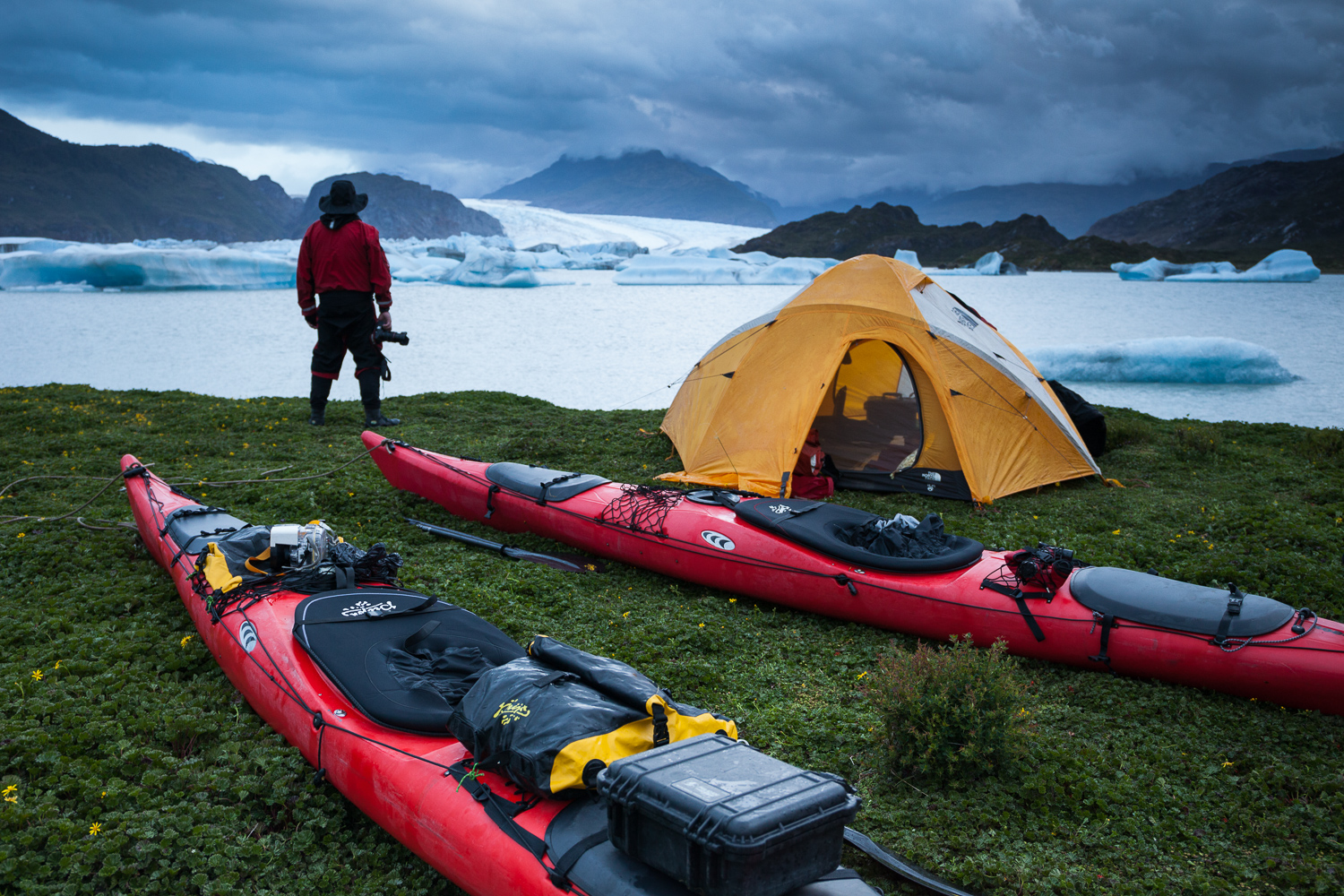
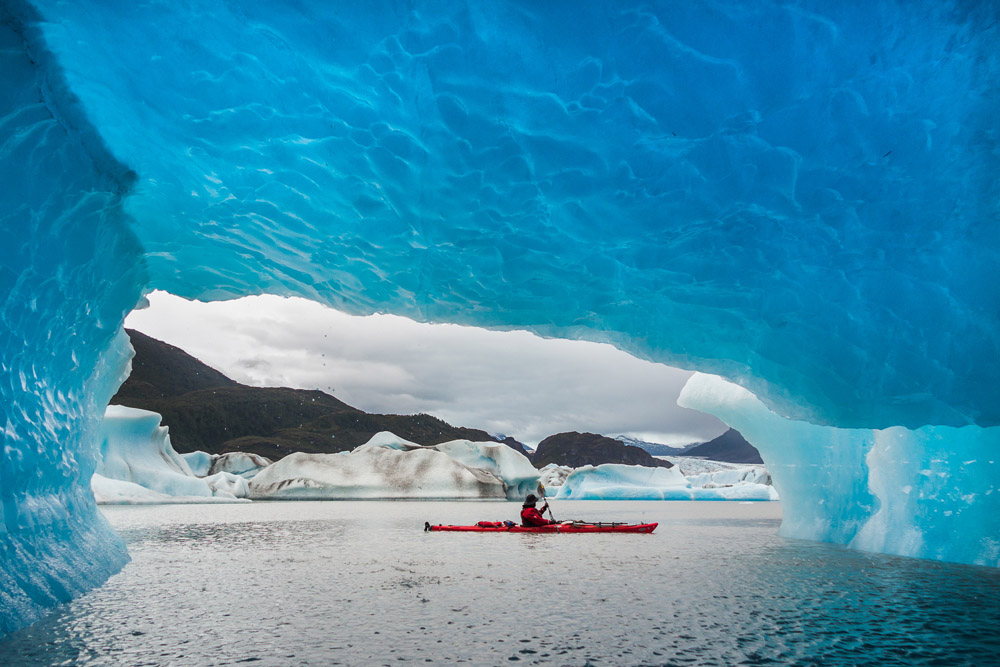
On January and February of 2016, expeditioners Cristian Donoso (Chile) and Roger Rovira (Catalunya) paddled 600 Km (324NM) through the Bernardo O’Higgins National Park, in Patagonia, south of Chile. With and extension of 3.525.901 Ha, this is the biggest National Park in Chile and the tenth in the World. It coast is crowned by the Andes, and the vast Campo de Hielo Patagonico Sur (Southern Patagonian Ice Field), makes the access from land very difficult. In it’s middle area, an extensive labyrinth of channels and fjords come from the glaciers to the Pacific Coast, making boats go through traps and a deceitful coast. We were pushed to discover and explore through this mysterious and lonely coast by sea kayak.
Ten years before our “Costa Perdida Expedition”, another navigator started a sailing that would unexpectedly connect us in the southernmost pit of the world. It was beginnings of 2006, and Welsh navigator Alex Thomson was taking part on the “Velux 5” Ocean trip, a solo competition that sails all around the world. He was sailing the Antarctic Ocean waters in a boat sponsored by Hugo Boss, about 1000NM south from Cape Town (South Africa) when all of a sudden, the pivotal skeg broke, leaving the boat in a critical situation. Fortunately, another participant rescued Thomson, but the boat was left behind assuming its imminent sinking.
On 31st January 2016, as we were passing the most difficult and remote point of our trip, we found the Hugo Boss sailing boat. The discovery was fascinating. It was more than 20.000 km (about 11.000 nautical miles, almost a circle to the world) from the point where it had been abandoned, 10 years ago. Many specialized media published and informed about this amazing and unexpected finding.
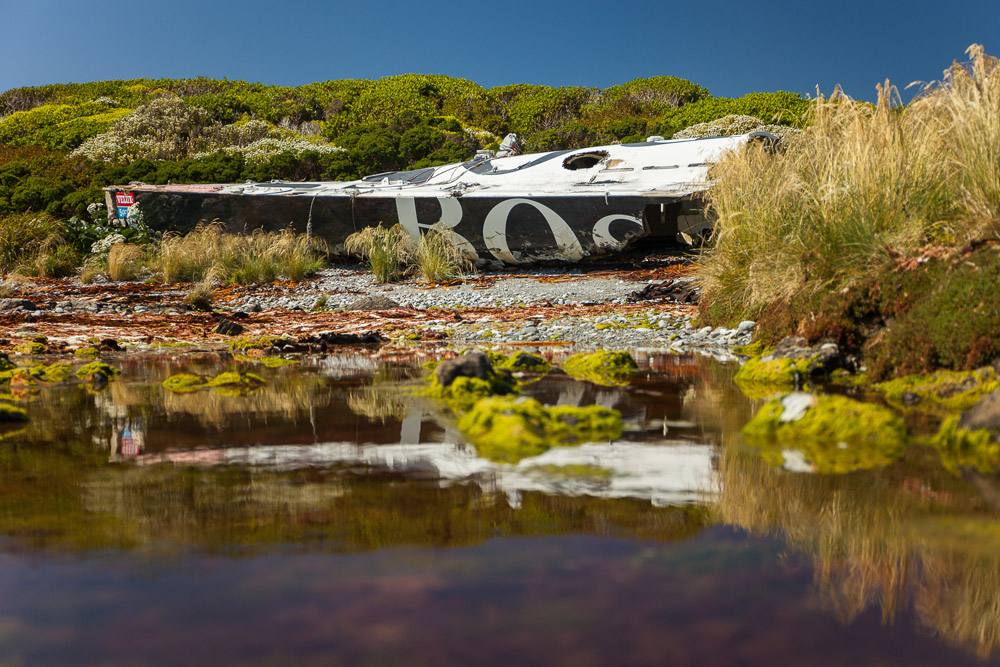
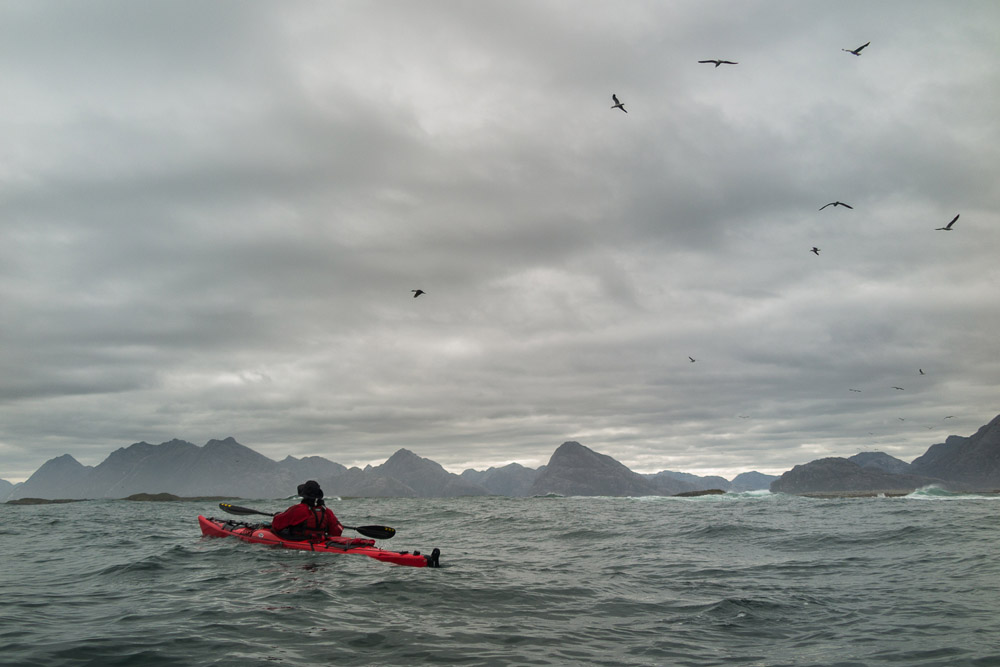
We came to find the lost Hugo Boss boat, but, actually, our main purpose was to find a much older shipwreck. On May 14th of 1741, the HMS Wager frigate wrecked on the same area we where about to kayak: a rough coast, with plenty of reefs, rocks and islets. The HMS Wager was captained by commodore George Anson, and it was part of a squadron sent by the English people to battle the Spanish domain of the Pacific coast. Eventually, the dramatic weather conditions beat both armies. The book written by Lord Byron and a few survivors turned the story a sailing legend. But, as we could notice during our expedition, the place where the historians believed the shipwreck took place didn’t match with the description of the survivors. For this reason, we paddled 40 MN from Wager Island to Campana Island, hoping to find any traces of the ship. This was the main purpose of going to this remote area, with no more information than some satellite images. We didn’t find reports of anyone having done this same trail before, and specially, not by sea kayak.
Caleta Tortel was the starting and end point of our trip. No cars, no roads, only a few wooden footbridges going up from the sea to join wood tiny houses. The small town had no land access until 2003, when connected by Austral Road (Carretera Austral). 3Km (1,6 NM) away, located on an island at Baker River, there is a cemetery surrounded by mystery: the “Isla de los Muertos” (Island from the Death). 33 wooden crosses discovered on 1950 among the dense southern rainforest. There is a big controversy between different theories trying to explain what happened and the death cause of all those people.
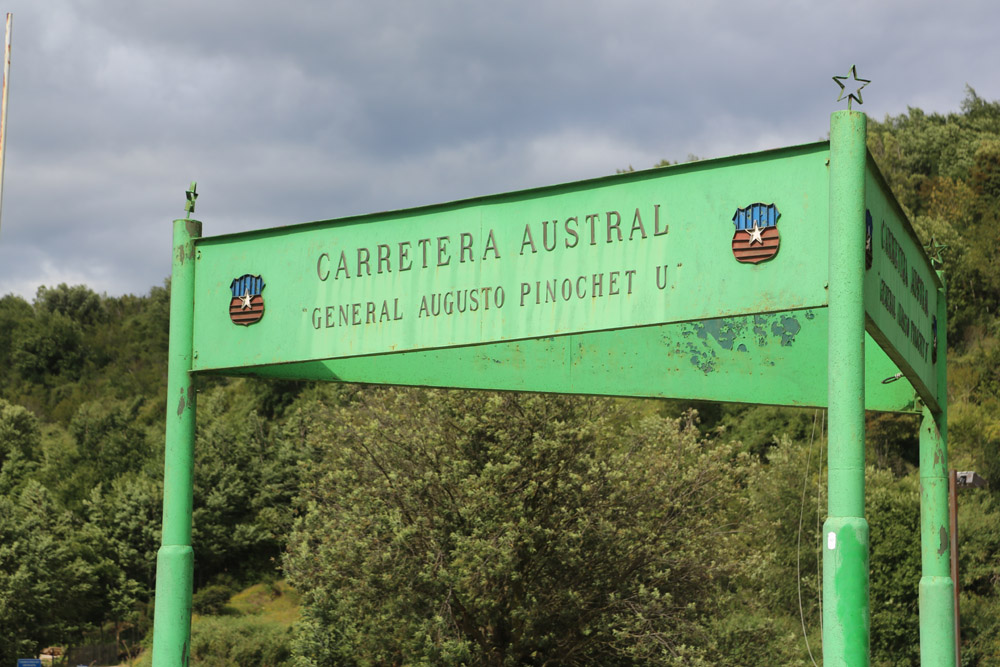
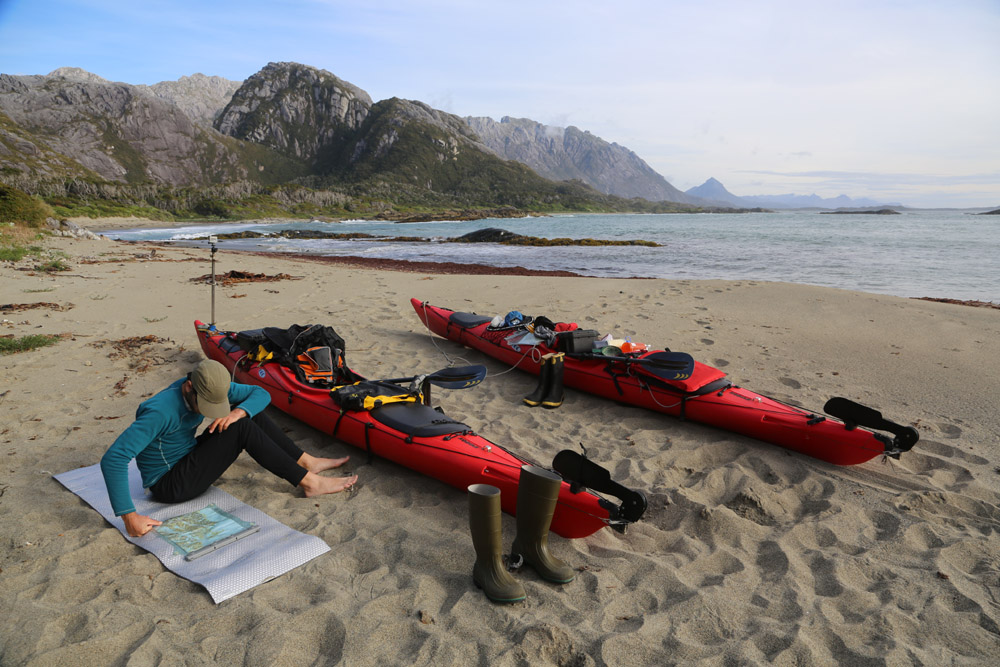
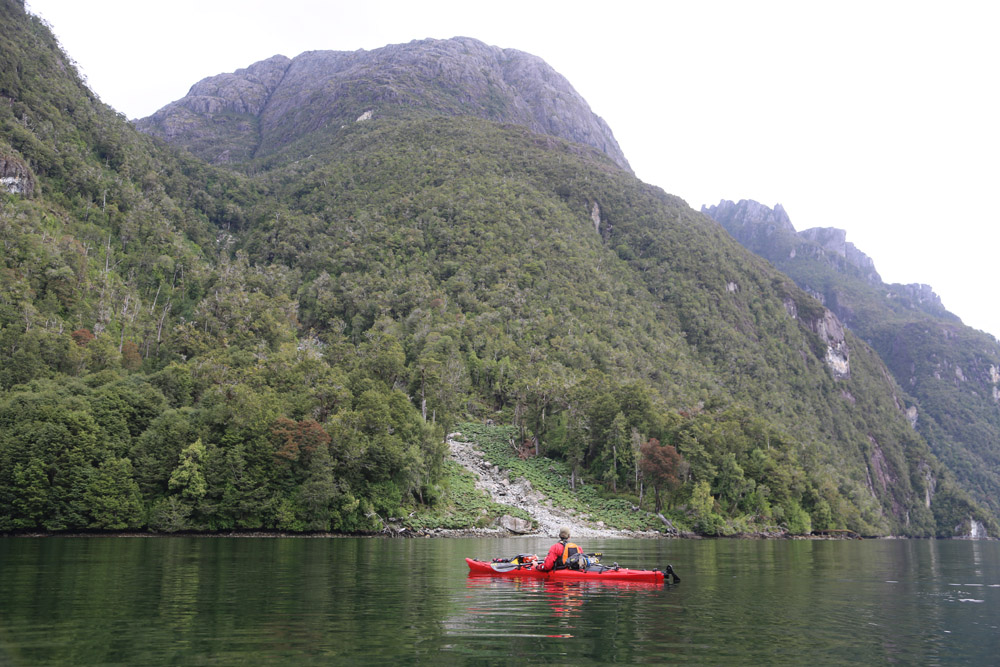
We had to pack our kayaks to be covered for a month. Clothes, tent, cooking utensils, sleeping bag and mat, photography and film equipment, emergency kit, communications kit and, of course, food. We wouldn’t pass any inhabited places during the whole trip, so we simply couldn’t forget anything. From now on, our lives were depending on our kayaks and those things.
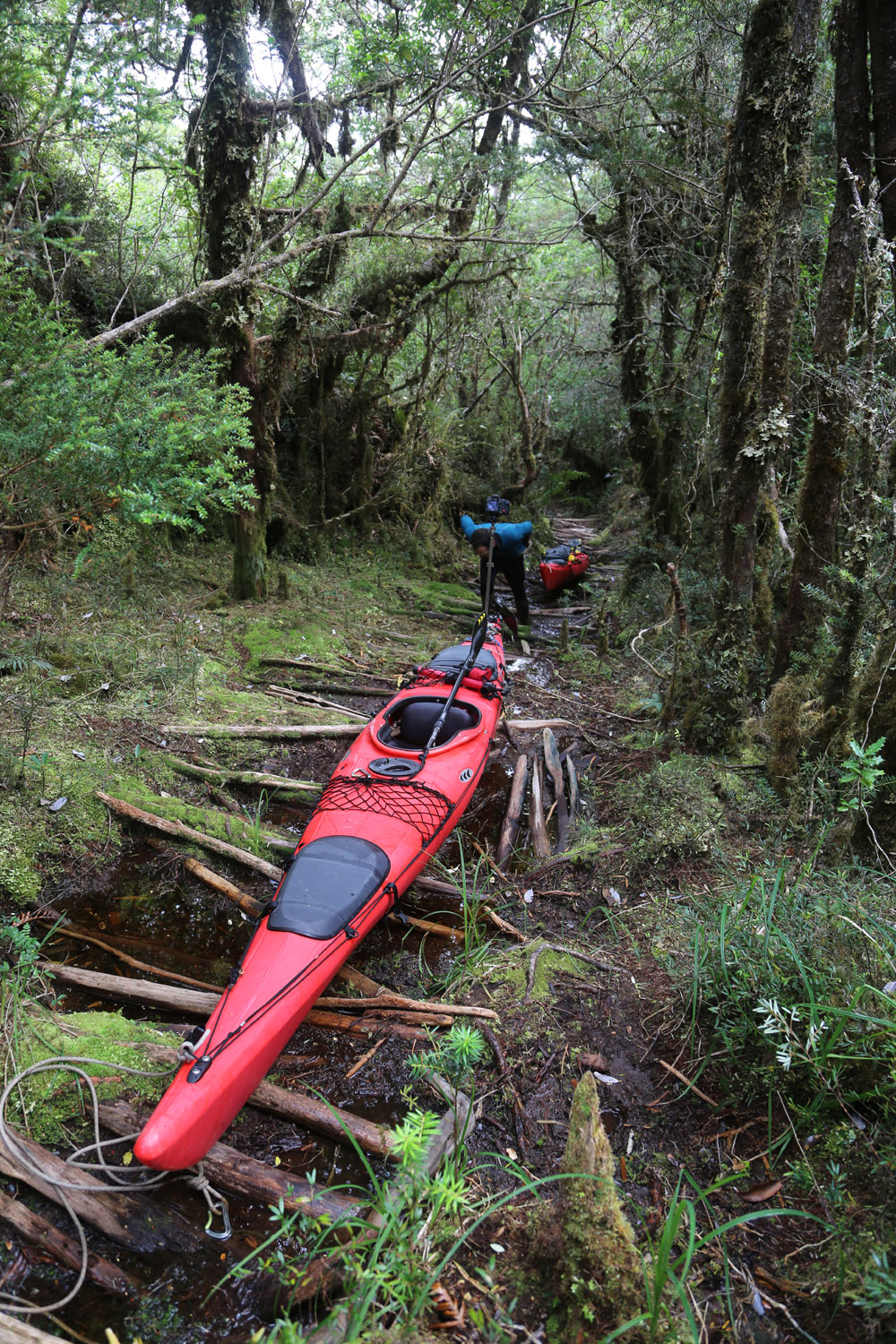
Our first purpose was to locate the small Indio Isthm, which we reached 3 days after. A portage of about 500 meters saved us 80 Km around Swett Peninsula. There was a path equipped with crossbars that helped us to transport the kayaks. The Kawésqar - the old inhabitants of this territory - built up this trail. The protected area of this National Park is the same land of the Kawésqar, where they went in canoes looking for seafood, sea lions and birds. The last representatives of this native group live in Puerto Edén, the only town within the limits of the Park. They had completely abandoned their ancestral traditions. The survivors of the Wager were very lucky to meet these peaceful nomads. Probably, without their help, their survival wouldn’t be possible. From their pass by these lands, we also found remains of fishing weirs.
Even if we had to cover only few hundred meters, the transportation of all our equipment in land tooked us several hours of tough work. Once on the other side, we were closer to our second purpose.
The fjords die on the Southern Patagonia Ice Field, the world’s biggest ice mass out of polar zones. The glacier fronts fall into the sea, spitting ice pieces that remain floating as avid sentinels of the glaciers, threatened by the constant recesion. We got to the Bernardo Glacier after having paddled a long fjord. The panoramic is completed with the presence of the huemul, (Hippocamelus bisculus). This confident dear, endemic of the Austral Andes, has suffered a drastic decrease; becoming an endangered species. The surroundings of this glacier provide an oasis of peace and good pasture for them It was possible to watch big numbers of them from the kayaks. In the edge of the fjords there was guard house, who protect the Huemul population. They were the only people we met during the whole trip. A hot tea and a bit of homemade bread, next to a wood stove felt luxurious under our circumstances. Ahead, the longest and hardest part was about to come.
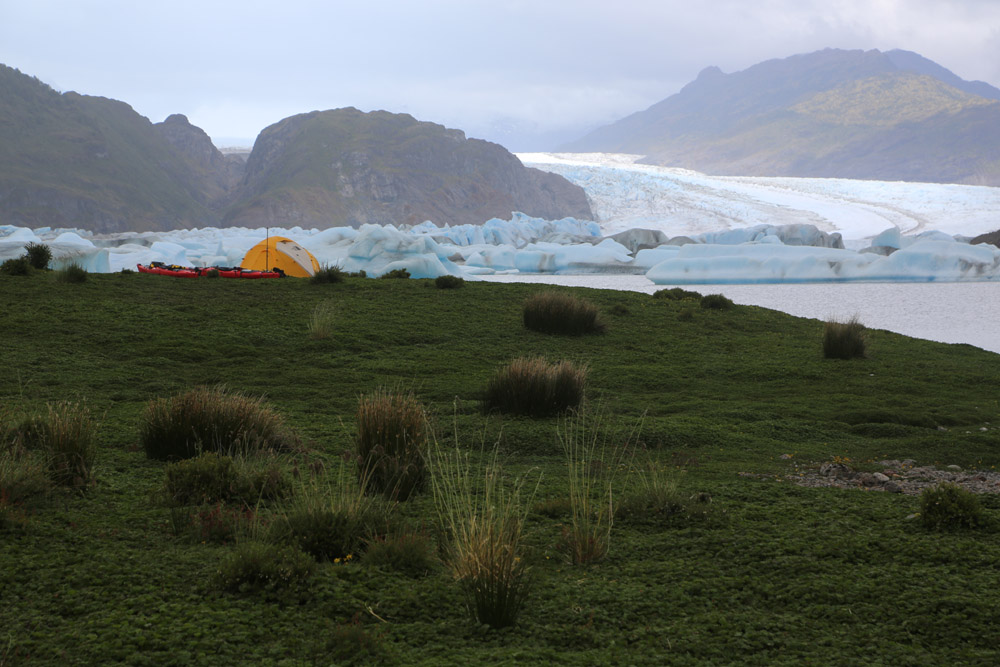
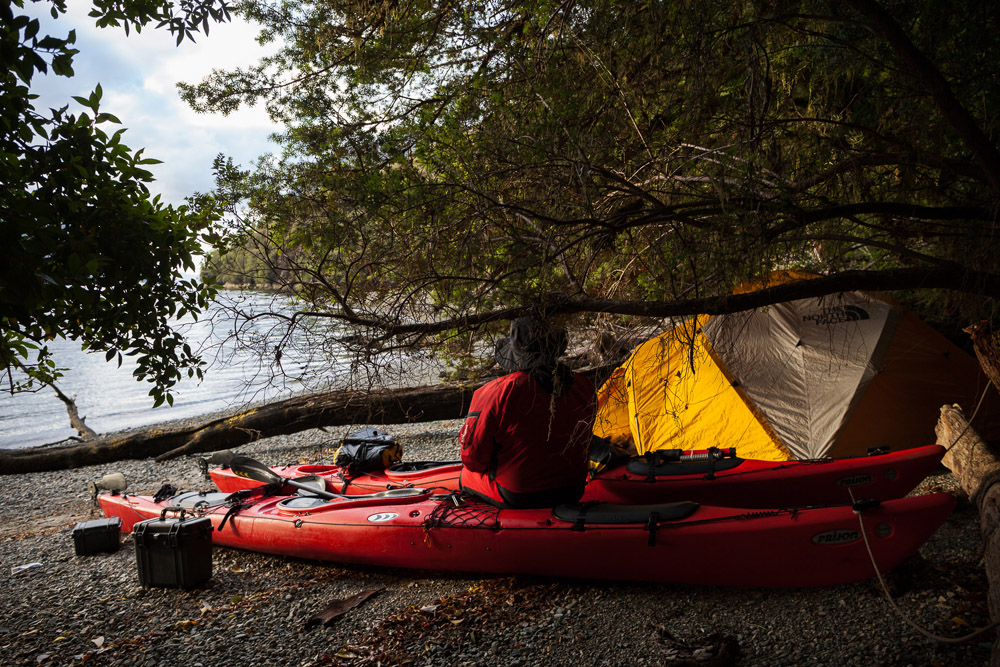
From the first day, we realized how difficult was to find good places to camp. Coming out from the shore, there was an impenetrable jungle. The beaches, almost inexistent, disappeared below the high tide, making our task a challenge that made us mad. The camping spot, sometimes became so tight that we had to constantly check that the water level would not overcome the mark of the last tide, forcing us, many times, to dismantle the campsite, This became something very frustrating. But nature didn’t care about our frustration or madness.
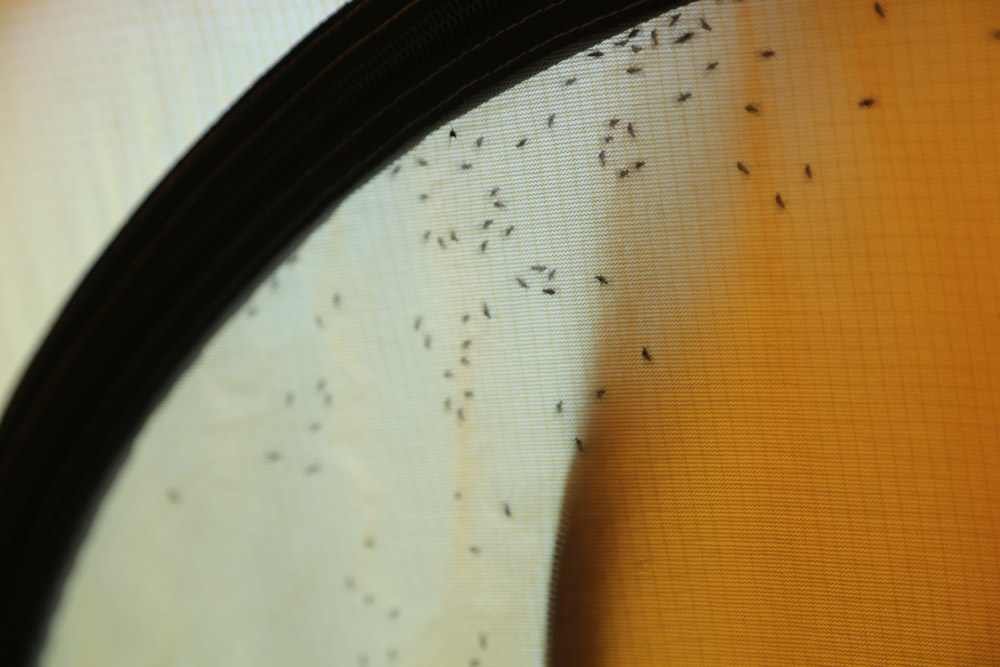
The next day, a cloud of mosquitoes attacked us without mercy, even before landing. We had to get every time faster to the tent in order to avoid them. Fortunately, mosquitoes we found other more interesting inhabitants on our way. Day by day, we had more encounters with dolphins, cormorants, otters and spectacular colonies of sea lions. These groups of sea wolves, as called locally, sometimes hided in vegetation, were detected first by sound, then by their strong smell and much after, by sight.
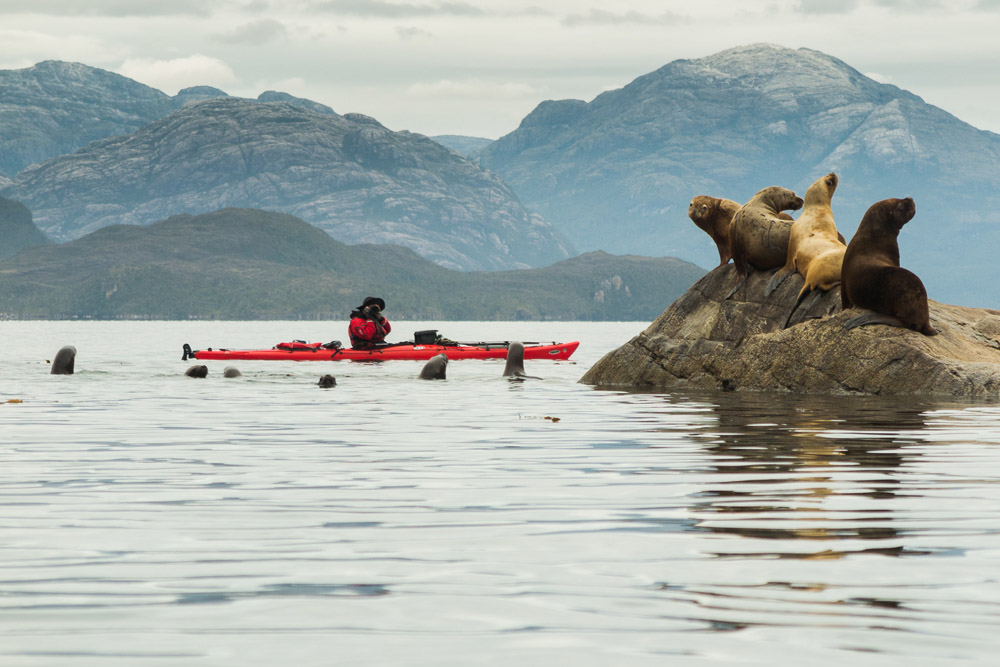
The following days, we got closer to our main purpose, the mysterious oceanic coast of Bernardo O’Higgins National Park. The curiosity and anxiety increased between us as we got closer. Before getting there, we had to cross the wide channels of Messier and Fallos. The strong currents made planning specially relevant. 12 days after leaving Tortel, we paddled along channel Octubre, the last one before reaching the open ocean. We observed the changing landscape, wider, with more sparse vegetation, a huge marine environment. Suddenly, two penguins jumped in front of our kayaks, nimbly appearing and disappearing in the water.
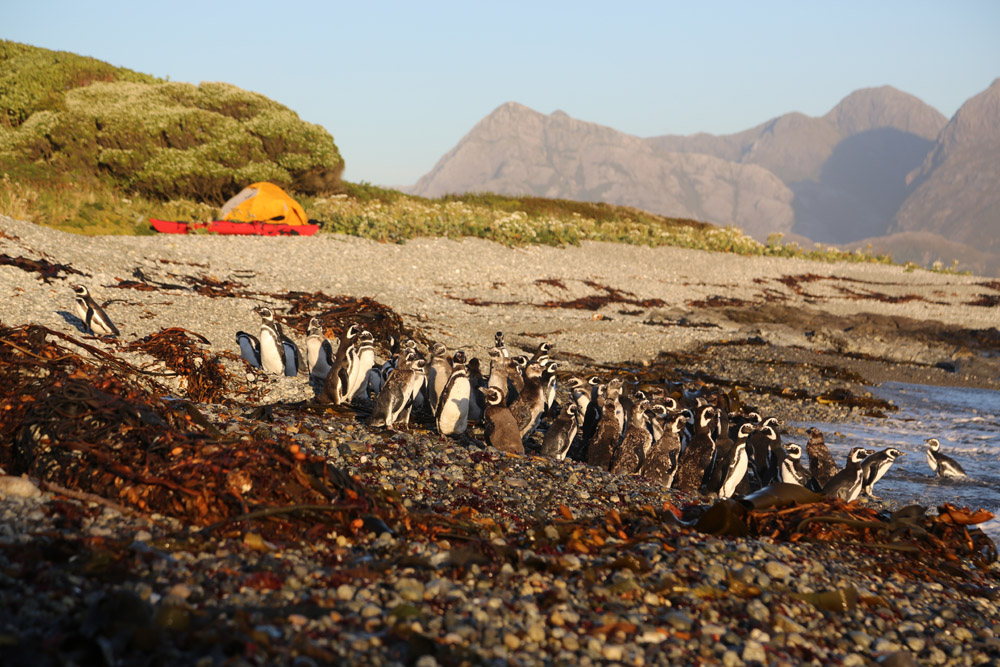
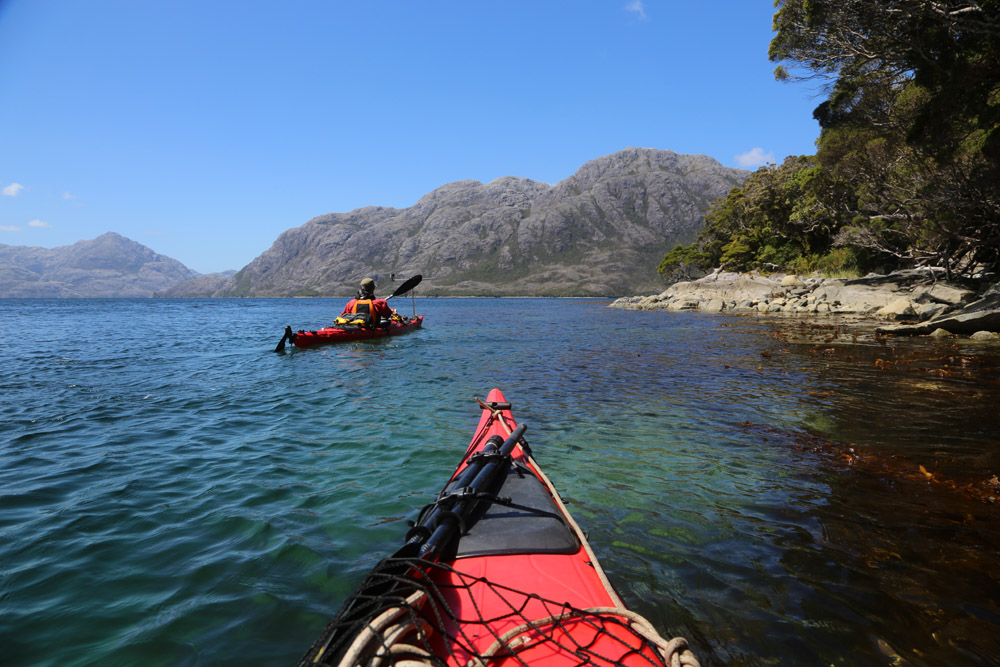
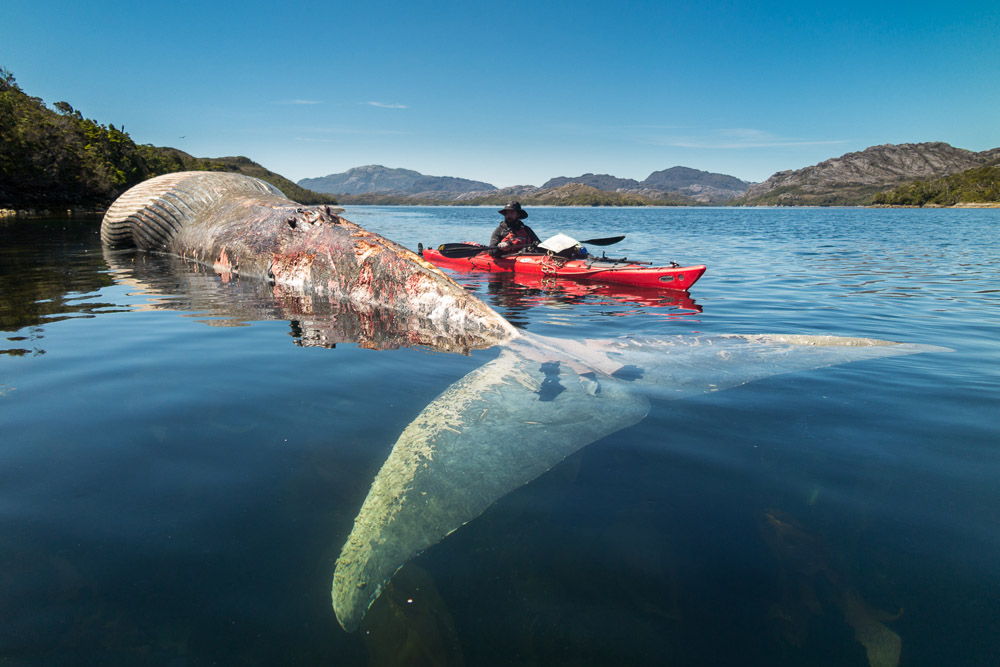
The ocean welcomed us with 1,5m waves and moderated wind; excellent conditions taking into account where we were. After so many days in the narrow channels, the wide horizon, the big breaking waves and the high cliffs, took us into a dramatic atmosphere. As planned, we paddled to an island few kilometres away from the coast, hoping to find a good spot to land. After trespassing with caution an area of breaking waves, we landed in the most remote area we had ever been before. We decided to explore the island walking along the coastline. For hours, we walked on its beaches among whale’s vertebras, sea lions and colonies of penguins who dived into the water in surfing waves with indifferent mood. Once in the opposite side of the island, we found, surprisingly far from the sea line, the remains of the Hugo Boss. It’s easy to imagine the tremendous gale that took the boat so far in land. Unfortunately, this was not the only surprise of the walk. Not far from the Hugo Boss, we found the skeleton of a Sei whale (Balaenoptera borealis) and few days later another individual of the same spice deceased not long ago. Everything lead us to think that the deceased whales were those mentioned in an article from National Geographic published on 20th November 2015, about the finding of 400 death whales, the most relevant episode of massive death of cetaceans of the last decades. The publication was surrounded by polemics because the scientists reached a confidentiality agreement with the North American editorial in exchange of research funding. The Chilean authorities formalized a complaint because of environmental and public health threaten that could have arisen from the voluntary omission of this information during the months passed between the discover and the publication.
The following days we moved on along the coastline looking for remains of the Wager, with no more success than the location of the bay where the tragedy had taken place, according the narration. During the last length in the open ocean the hugest waves we saw on the whole trip caught us. We were moving fast forward with the strong winds and currents. There was no way to get out from those waves or to go in a different direction. We could not get close to the shore, because the fog and the breaking waves we really dangerous. Our only choice was to keep a holding paddle, long and exhausting, in waves of 5m high. Finally, after 20 Km (10,8 NM) and a lot of obstacles, we made it through a channel at Campana Island and the small Breaksea Island.
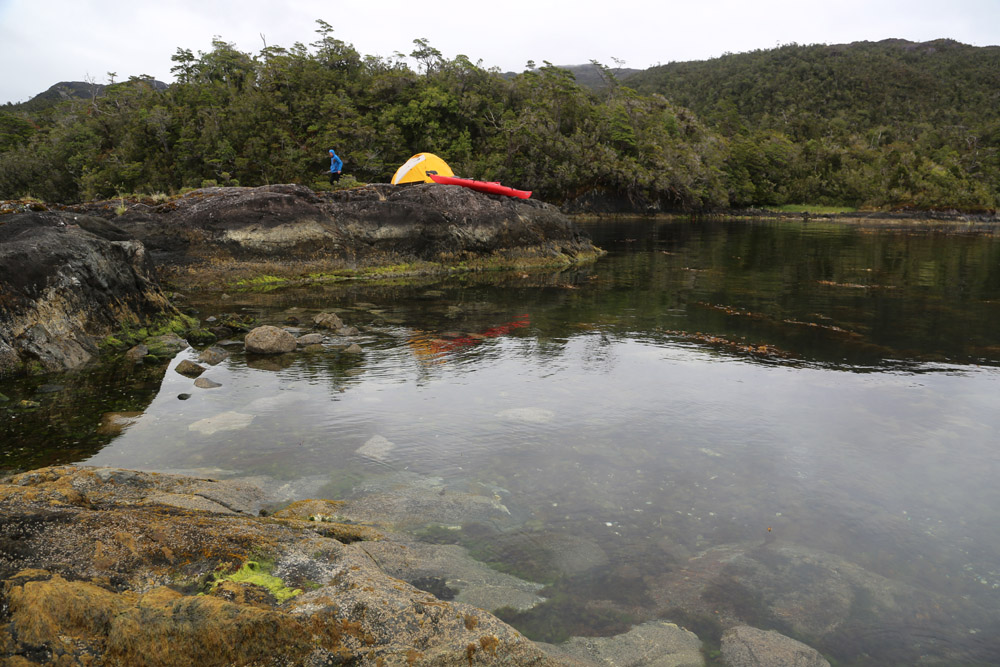
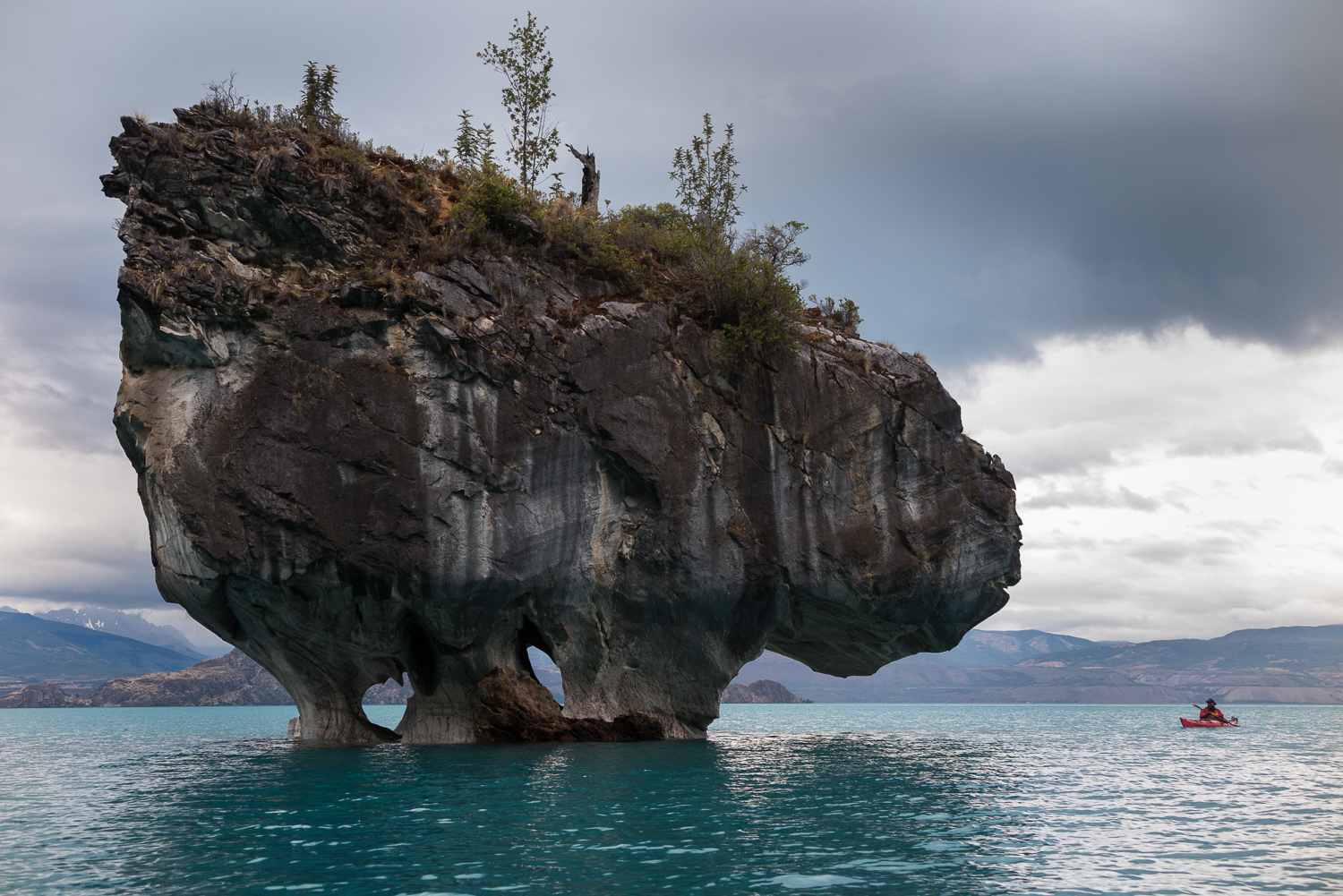
Seven days through a labyrinth of channels were between us and Tortel. The long way back to the civilization became a promising count-down to finish our boring diet: a mixture of oats, granola and powdered milk for breakfast at lunch and boiled pasta for dinner. Our daily live comforts would be back soon, but what we lived on these 21 days would stay in our memories forever.
And it’s all about this, isn’t it?


